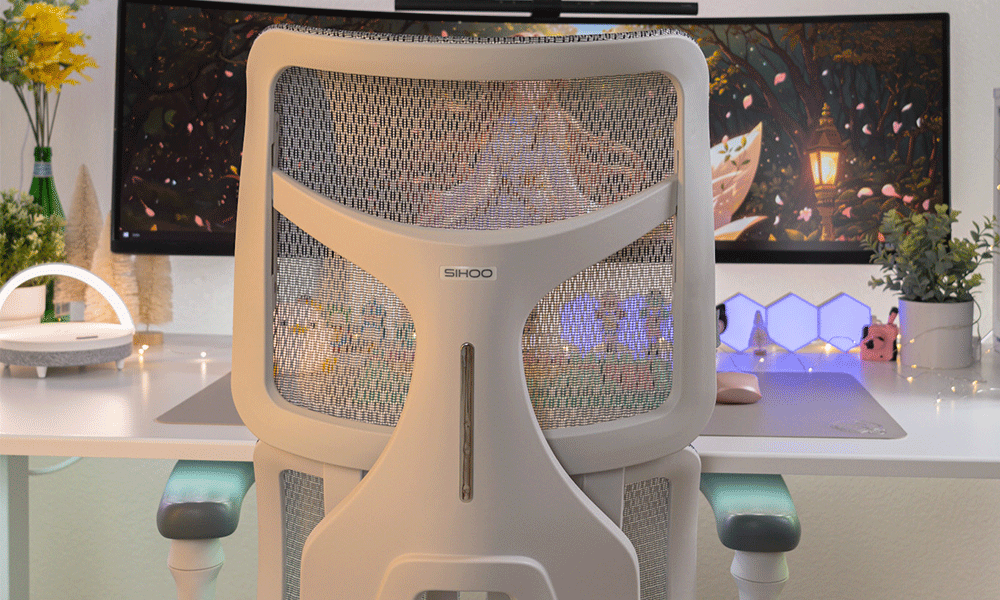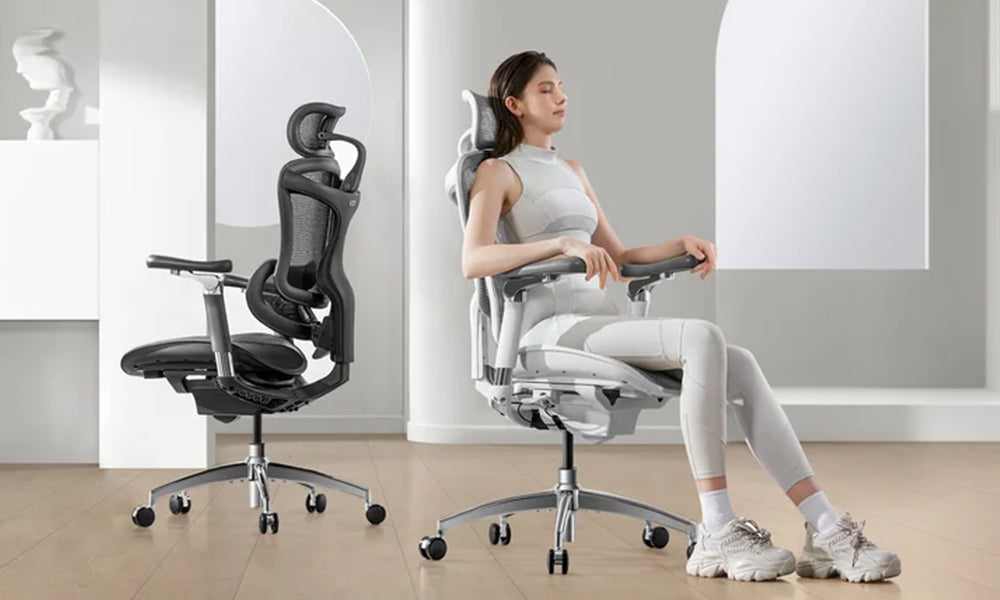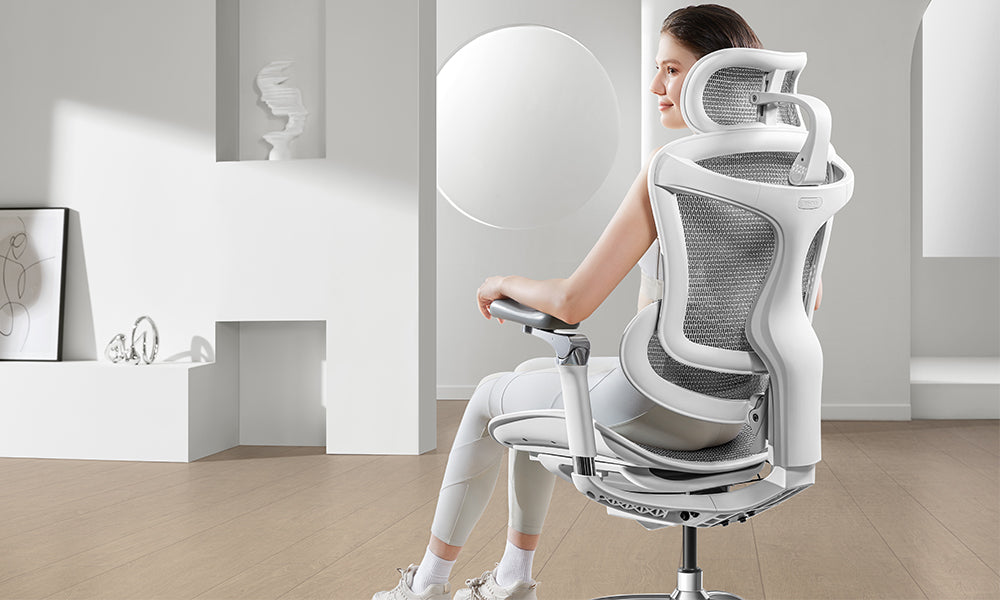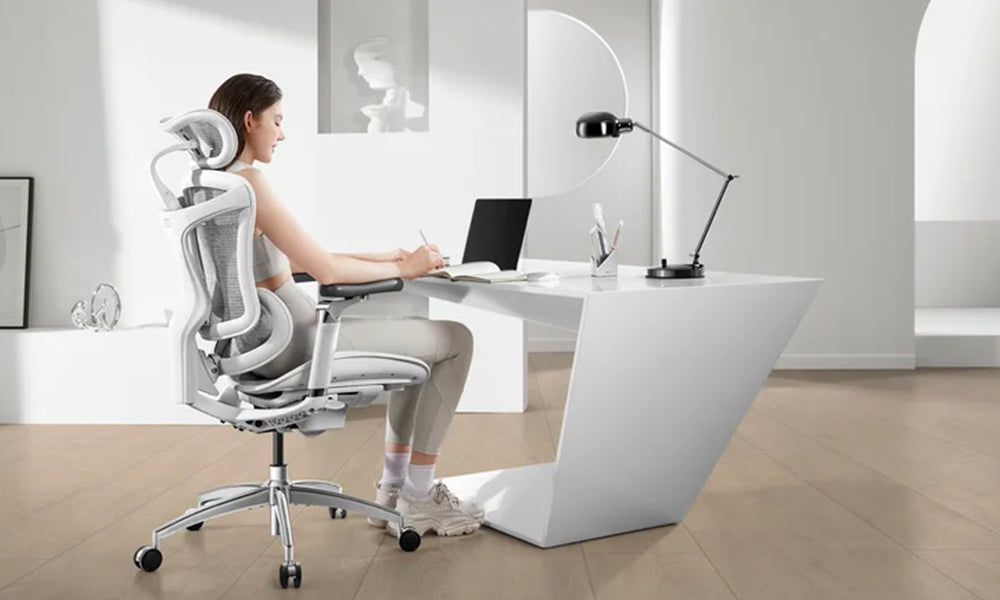When it comes to productivity and well-being at work, your office chair plays a pivotal role. A poorly adjusted chair can lead to discomfort, back pain, and even long-term health issues. On the other hand, a properly adjusted chair ensures that you maintain good posture, feel comfortable throughout the day, and avoid strain on your muscles and joints.
In this blog post, we’ll guide you through the essential steps for adjusting your office chair to maximize comfort and optimize your workspace.
Start with the Seat Height
The first step to setting up your chair is adjusting the seat height. The right seat height will allow you to sit with your feet flat on the floor, with your knees at a 90-degree angle (or slightly more, depending on your preference). This position ensures that your thighs are parallel to the ground and your feet are supported, reducing strain on your legs and lower back.
To adjust the seat height:
- Find the lever under your seat that controls the height adjustment.
- Lift or press the lever to raise or lower the seat until your feet are flat on the floor.
- Ensure that your thighs are parallel to the ground, or slightly inclined, to avoid pressure on the lower back.
Adjust the Seat Depth
Seat depth refers to the distance from the back of the chair to the front edge of the seat. Proper seat depth ensures that your body is properly supported without causing discomfort to your knees or thighs. Ideally, there should be about 2 to 3 inches between the edge of the seat and the back of your knees, which allows for circulation and comfort.
To adjust the seat depth:
- Look for a lever or knob under the seat (this may vary by chair model).
- Slide the seat forward or backward until there is a gap of 2-3 inches between your knees and the front edge of the seat.
- Make sure the seat cushion is positioned to support your thighs evenly.
Set the Backrest Angle and Lumbar Support
The backrest plays a crucial role in maintaining a healthy posture. A properly adjusted backrest supports the natural curve of your spine, especially the lower back, and prevents slouching or hunching. Many modern office chairs, such as the Sihoo Doro series, come with dynamic lumbar support, which automatically adjusts to fit the curve of your lower back.
To adjust the backrest:
- Tilt the backrest so that it supports the natural curve of your spine, maintaining a comfortable but upright position.
- Some chairs allow you to lock the backrest in place once it’s adjusted, while others offer a recline feature. If your chair reclines, make sure you don’t lean too far back as it can lead to poor posture.
For lumbar support:
- Adjust the lower back support so it fits snugly against your lower back. You should feel supported, not too tight or too loose.
- Many chairs, like the Sihoo Doro S100, have adjustable lumbar support that you can raise, lower, or deepen to ensure a custom fit.
Set the Armrests
The armrests should be adjusted so that your shoulders are relaxed, and your arms are supported without raising or dropping them excessively. Proper armrest height reduces strain on your neck, shoulders, and upper back, making it easier to type and perform other tasks.
To adjust the armrests:
- Adjust the armrests so that your elbows are at a 90-degree angle when your arms are resting comfortably at your sides.
- The armrests should be level with your desk or slightly below it, ensuring your forearms remain parallel to the floor when typing.
- Keep in mind that some chairs, like the Sihoo Doro C300 Pro, offer 6D coordinated armrests, meaning you can adjust the armrests not only up and down but also forward, backward, sideways, and in and out for a perfect fit.
Adjust the Tilt and Recline Features
The tilt and recline functions allow you to change the angle of your seat to find the most comfortable position. A gentle recline can help reduce pressure on your spine and provide better support during long hours of sitting.
To adjust tilt and recline:
- If your chair has a tilt tension knob, adjust it to make reclining easier or firmer based on your preference.
- Find the recline lock lever and adjust it to lock your backrest at a specific angle that supports your posture. If you prefer more freedom, leave it unlocked and use the tilt tension to control how much the backrest moves.
Use the Headrest (if applicable)
If your chair has a headrest, it should be positioned to support the natural curve of your neck and head, especially if you spend a lot of time looking at a screen. Proper headrest positioning reduces neck strain and improves comfort during long working hours.
To adjust the headrest:
- Position the headrest so that it gently supports the back of your head and the top of your neck.
- Make sure your head isn’t leaning too far forward or backward, as this could lead to neck discomfort.
Maintain Proper Posture
Once your chair is adjusted, focus on your posture. Sit with your back against the backrest, shoulders relaxed, and your head aligned with your spine. Your arms should be at a 90-degree angle while typing, with your wrists straight to avoid strain.
Final Tips for Maximum Comfort:
- Take breaks: Even with a perfectly adjusted chair, sitting for extended periods can cause discomfort. Take short breaks every 30 to 60 minutes to stand, stretch, and move around.
- Adjust your desk height: Your desk height should also complement your chair adjustments. Your forearms should rest comfortably on the desk without reaching up or down.
- Use a footrest if needed: If your feet don’t rest comfortably on the floor even after adjusting the chair height, consider using a footrest to provide additional support.
Conclusion
By adjusting your office chair to fit your body’s unique needs, you’ll ensure that you’re working in a comfortable and ergonomic environment. Whether you have a Sihoo Doro S300 with dynamic lumbar support or a more basic office chair, these adjustments will help alleviate discomfort, improve posture, and ultimately make your workday more productive and enjoyable. Take the time to personalize your chair, and you’ll thank yourself with better health and greater focus in the long run!



